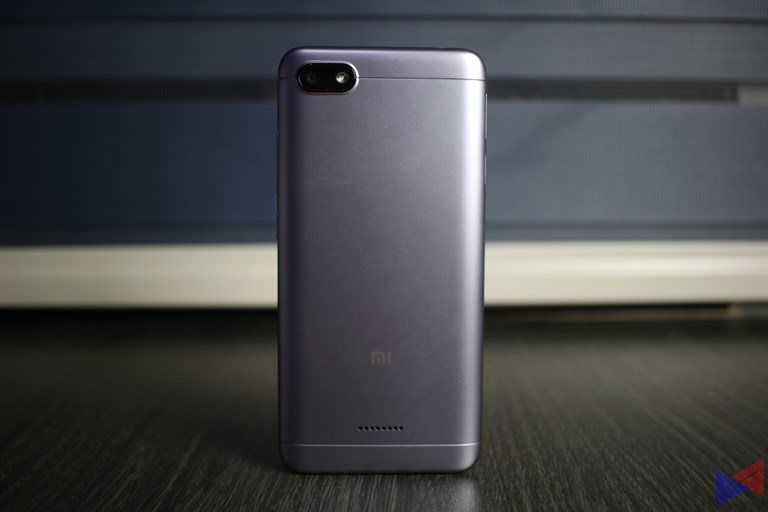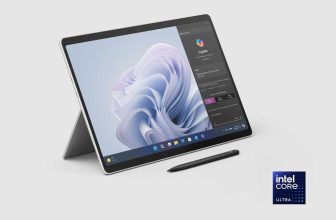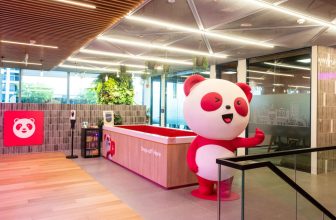 Xiaomi Corporation has recently announced its unedited and consolidated results for the second quarter and first half of 2018, showcasing an increase of 68.3% on year-on-year revenue, and an international revenue growth of 151.7%. Adjusted profit also increased by 25.1% year-on-year.
Xiaomi Corporation has recently announced its unedited and consolidated results for the second quarter and first half of 2018, showcasing an increase of 68.3% on year-on-year revenue, and an international revenue growth of 151.7%. Adjusted profit also increased by 25.1% year-on-year.
In Q2 of 2018, Xiaomi’s smartphones segment recorded a revenue of approximately RMB30.50 billion, the equivalent of 58.7% year-on-year growth, driven by an increase in both smartphone sales and average selling price. The fastest growth was actually seen on its IoT and lifestyle products, with a growth of 104.3% year-on-year. Revenue for its Internet services also grew 63.6% year-on-year, caused primarily by increasing monetization in mainland China.
In India, Xiaomi’s ranked first in terms of market share by shipment, and second in Indonesia for smartphone shipments. Their smartphone shipment also increased by 2700% in Western Europe year-by-year. Xiaomi now ranks among the top five among the smartphone markets of 25 countries and regions.
Monthly active users of its MIUI operating system also increased by 41.7% from 146 million in Q2 of 2017 to 207 million in Q2 of 2018, driven by smartphone shipments and user opinion. As of Q2 of 2018, over 115 million IoT devices were connected to the company’s IoT platform, and nearly 170 million users now own more than five of its IoT devices.
Driven by innovation, the company recently launched its newest products for Q2 of 2018. In celebration of its 8th anniversary, the group launched the Mi 8 series smartphones on June 5, 2018. Its shipments have already exceeded 1.1 million units in June, proof of the progress in gaining foothold in the flagship category.
Xiaomi is also making breakthroughs in terms of AI Technology, with activations for its AI Speaker exceeding 2 billion within the first year of launch. Its AI Assistant has also received numerous awards.
As of the moment, Xiaomi has more than 400 stores in mainland China, and had more than 790 Mi Home stores, franchises, and authorized stores, with a supply network which exceeded 37,000 locations.
[su_quote cite=” Mr. Lei Jun, Xiaomi Founder, Chairman and CEO”]On 9 July this year, Xiaomi listed on the Main Board of the Hong Kong Stock Exchange, marking a significant milestone in our journey. Eight years ago, I came up with a crazy idea, which was to build a smartphone business based on the business model of an internet company, transforming the global image of “Made in China” products and benefiting everyone across the globe with amazing products at honest pricing. The interim results that Xiaomi has announced today prove that this idea has become reality. Tapping on the Hong Kong capital market, we are full of confidence and truly excited by the prospects of the group. Xiaomi will continue building on our unique and powerful ‘triathlon’ business model to further penetrate the high-end smartphone market, introduce more IoT products to international markets, and expand our range of internet services, laying strong foundations for our revenue growth in the future ahead.[/su_quote]
Emman has been writing technical and feature articles since 2010. Prior to this, he became one of the instructors at Asia Pacific College in 2008, and eventually landed a job as Business Analyst and Technical Writer at Integrated Open Source Solutions for almost 3 years.












